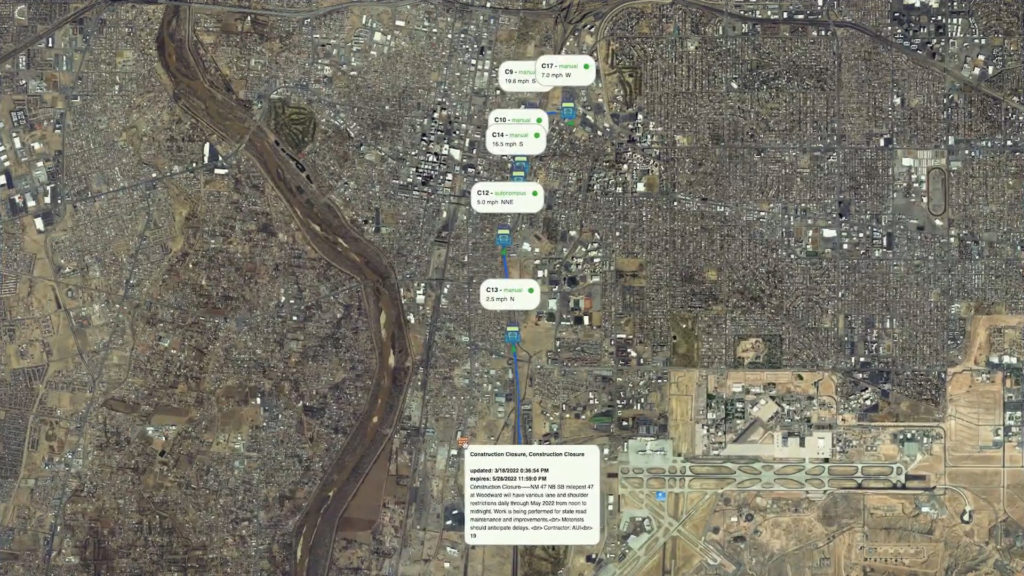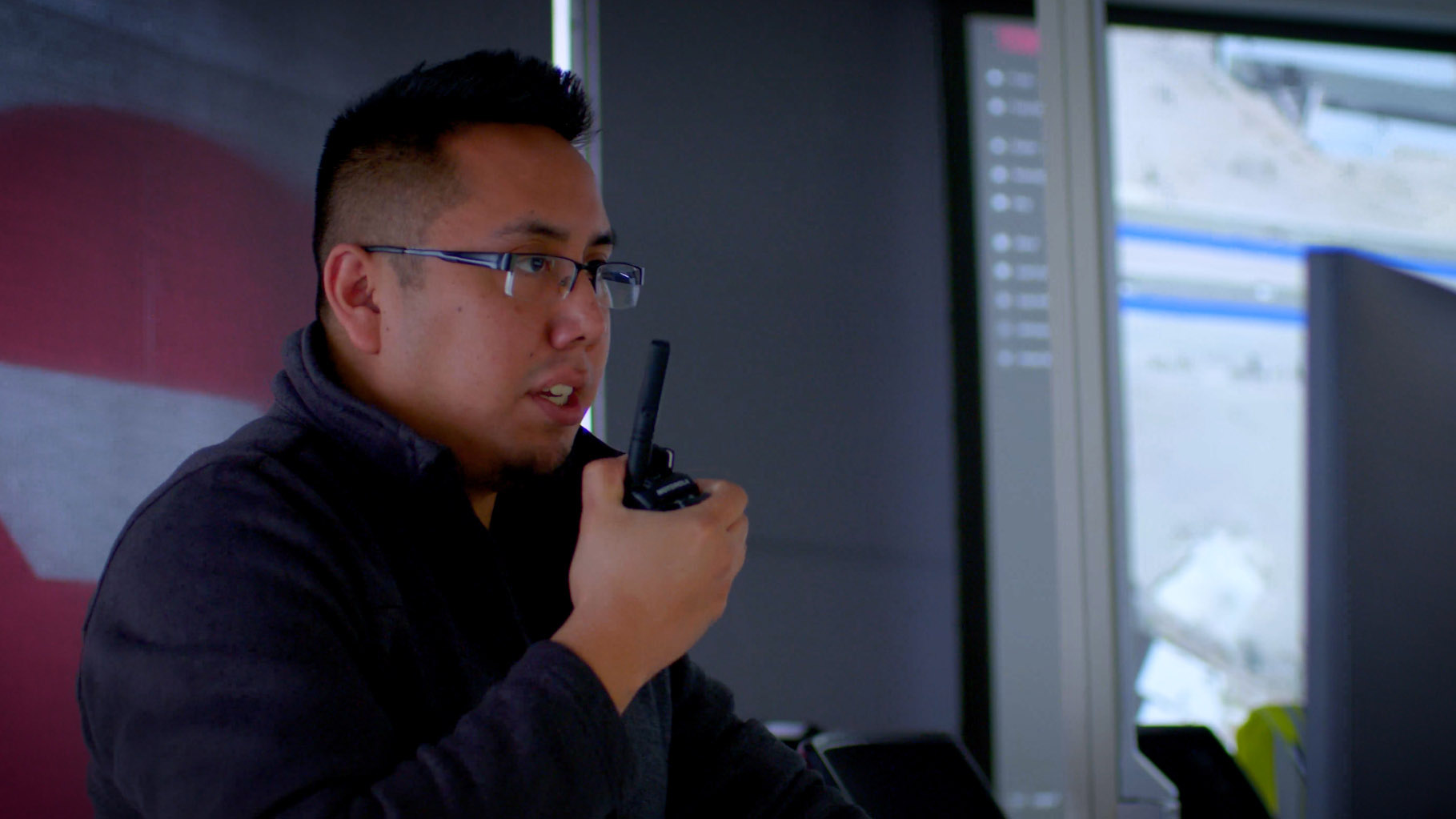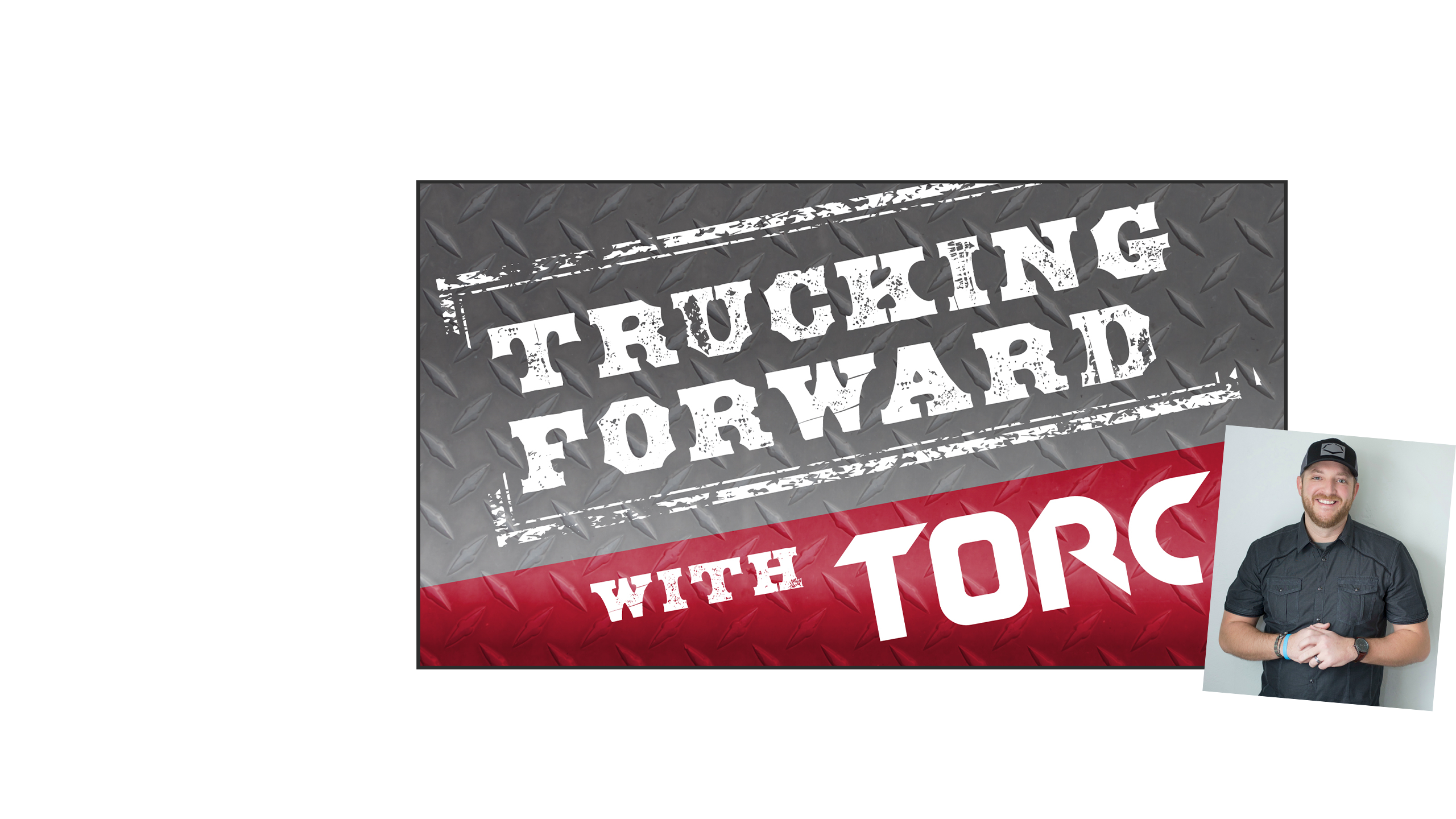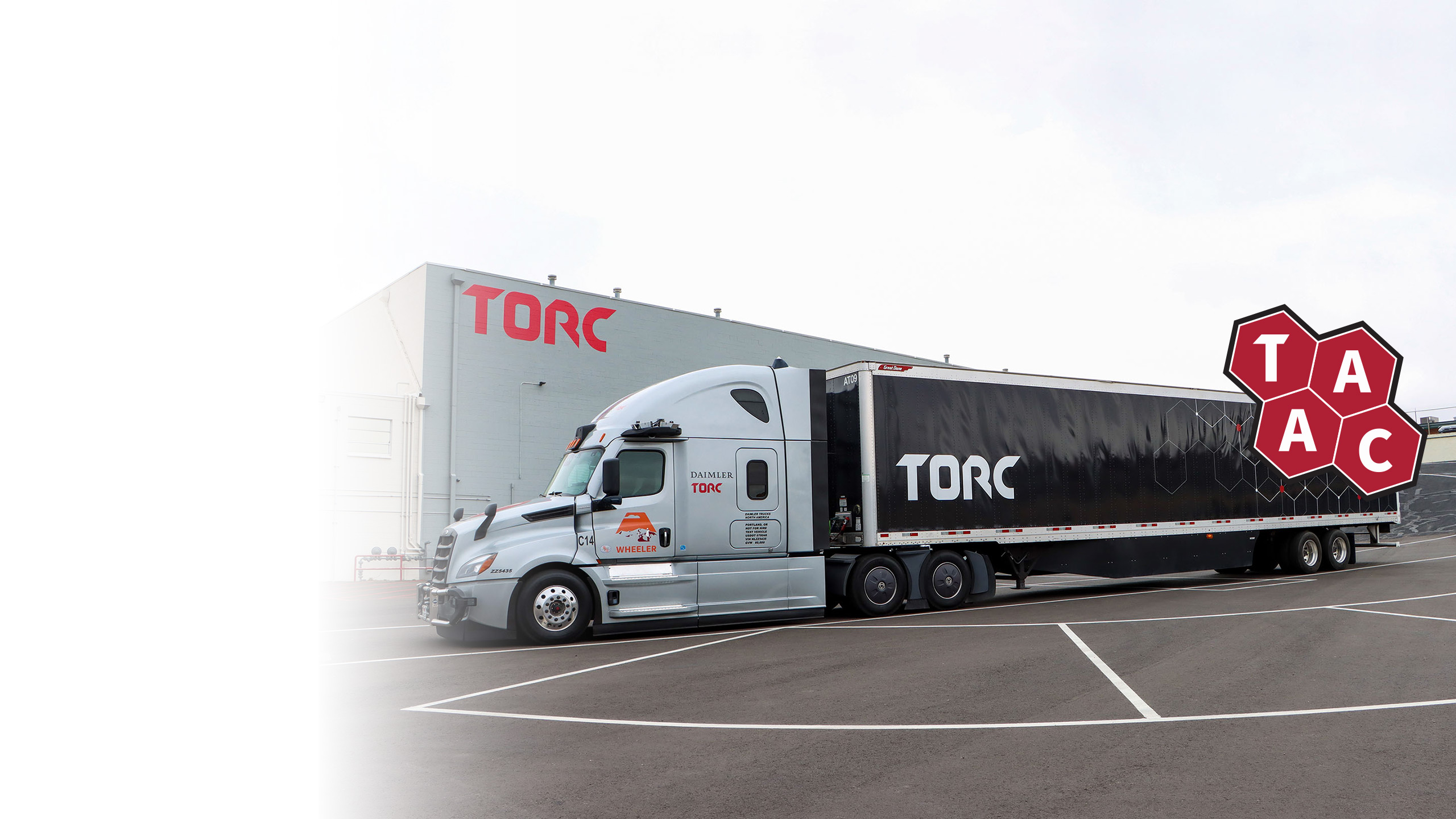Commercializing any new technology at scale requires a deep understanding of current business operations, pain points and workforce adoption needs.
There are many questions that we need to tackle when bringing autonomous trucks to the market. How will freight managers need to change the way they operate? How can we ensure that all the necessary sensors are functioning? and what happens if the truck encounters unexpected situations on the road?
At Torc, we’re not only developing capabilities for the ride itself, but the landscape needed to provide for the essential ecosystem and support to operate autonomous trucks at scale. This is why we are developing an application specifically for operators to interface with the trucks, dubbed Mission Control.
Our Mission Control application is a cloud-based, real-time solution for remote support and systematic monitoring while the truck is on the road. It provides fleet managers the ability to maximize uptime of their entire fleets as they introduce autonomous trucks.
Our approach has always been to collaborate with industry leaders to define how autonomous technology can work within their operational ecosystem.
The value in this approach is that our L4 truck solution will not upend the current freight operations, rather it will be a modality for sustained innovation, solving for efficiency. Mission Control is a key enabler to connect the Autonomous Driving System in our trucks with the current work processes of our stakeholders such as Dispatchers, Fleet Managers, and Roadside Assistance.
Behind the Scenes in Freight Logistics
When many people think “trucking,” we generally imagine a trailer-load of goods sailing down the highway to businesses and homes for our consumption. However, there is more to this than the movement of goods. There’s loading, scheduling, tracking, and staffing, just to name a few of the elements that comprise the transport of materials from point A to point B.
The trucking industry doesn’t just comprise drivers and shippers, it has hundreds of thousands of people in the logistics coordination and management fields that are essential to efficient transport. These team members ensure the day-to-day transportation goals are met and are constantly monitoring and updating schedules, tracking loads, and communicating with each other and end customers, ensuring smooth day-to-day freight operations.
Software such as transportation management systems (TMS) are the tools of the trade for these professionals. When Torc’s team began envisioning Mission Control, our product managers interviewed experts with decades of experience in day-to-day freight logistics, management, customer service, and maintenance.
As part of our collaboration with the industry members of the Torc Autonomous Advisory Council, Torc and the Mission Control teams have been diligently listening to leaders in shipping and logistics to learn what they need to bring autonomous trucks into the mix.
Autonomous Transfer Hubs: Maximizing Capacity
Torc’s L4 trucks are meant for hub-to-hub transportation, meaning that they will autonomously transport goods over long distances between pre-defined drop-off and pick up points, or “hubs.” First mile and last mile deliveries to and from the hub will still be handled by human drivers, as these areas tend to have more complexity.
For times when there might not be a driver in the loop, logistics experts will need a centralized solution to track, monitor, and support the autonomous portion of the drive. They will also want to understand the health and status of the Autonomous Driving System (ADS) – the software and hardware that performs driving tasks on the road.
Additionally, there may be needs from the outside world to connect with a person in operation while the truck is on the road, such as when a law enforcement officer wants information.
This is where Torc’s solution comes in.

Mission Control and the Future of Freight
Mission Control is already a key component to Torc’s daily autonomous test fleet operations, providing the ability to track, monitor, and receive updates for the entire test fleet across the U.S.
Torc is coordinating with key carriers and logistics partners to establish this vital connection point to the Autonomous Driving System for every step of the freight journey. Members of the industry-driven Torc Autonomous Advisory Council weigh in on desired features and functionality of the Mission Control application to optimize their business. Torc is also collaborating with providers of transportation management software systems to determine how Mission Control can be integrated into future toolsets.
While future functionality may include remote assistance features, the emphasis is that this solution will not be used as a teleoperation or remote control for driving behaviors. The autonomous driving system in the truck will still need to be able to independently execute safe maneuvers, such as safely stopping on the shoulder when it encounters a situation it needs assistance with. Mission Control can be used to communicate the need for next steps or call for help.
With this development, we are bridging the gap between the autonomous truck and preparing existing freight business solutions for the autonomous age of shipping.
Learn more about Mission Control
Learn more about our collaboration with Trimble Transportation, a leader in Transportation Management Systems, in this Q&A with our Senior Analyst – Corporate Strategy, Frank Mabry.
The Torc Mission Control team is working in tandem with fleet operations, engineering, and product management to continue developing our product for commercialization. If you’re interested in joining the Mission Control team, learn more about the openings on the Torc job board.



